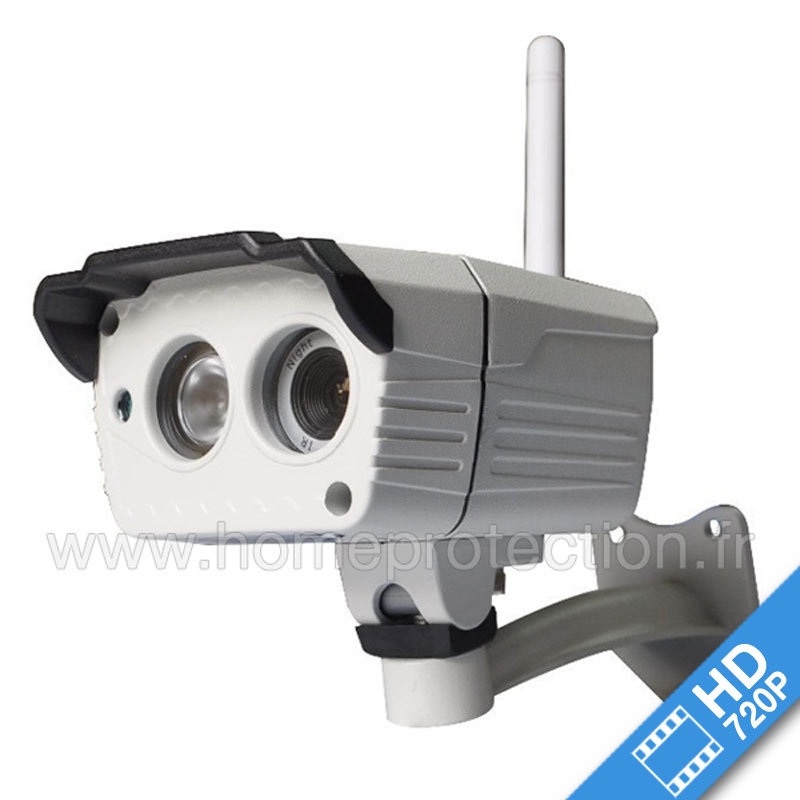
Image source: https://homeprotection.fr/632-thickbox_default/camera-ip-cam840-hd-720p-exterieure-wifi.jpg
A college or university is more than just a place to learn, it is a home for hundreds and more often thousands of people, a community. Because of the variances of purpose and design of campus facilities, video surveillance can be a tricky business on campus. Network cameras can help make video surveillance stronger and life on campus safer.
The Benefits of Video Surveillance
No matter where one is, security is always important. A college or university campus especially is a place where security is a top priority. A campus is a large community with people passing in and out on a regular basis, numerous buildings and facilities, residential and non-residential spaces. Properly developed video surveillance can help security keep tabs on key areas and increase safety for students and teachers alike at the school.
With so many potential threats on a modern campus, having a well-established and maintained video surveillance system can help campus police with keeping track of the goings on of such a large space. The presence of cameras can act as a deterrent for would-be criminals. This keeps students safer, as well as campus faculty and staff.
A video surveillance system can also be used by campus leadership in ensuring that campus policies such as curfews and the like are being properly followed. This eases up pressures on campus security forces, allowing them to spend their time more productively in defending against greater threats such as theft, vandalism and violent acts.
Network Camera Video Surveillance
For an area the size of an average campus, network cameras can be a great advantage to more traditional CCTV (Closed Circuit Television) camera set-ups. Network cameras are generally small and compact. They are easy to install, and have a host of benefits unrivalled by CCTV cameras.
Network cameras get their name from the fact that they are designed to work over a computer network, such as a LAN (Local Area Network) or the Internet. They come with built-in web servers, so that data can be sent directly to any network required. This provides simplified remote monitoring capabilities: video feeds can be access from anyone with authorization at any time and from anywhere. Even PDAs and cell phones with Internet access can be hooked into the network to view feeds, so security officers can view live security video even while out on patrol or checking on a potential threat.
With such a large campus, video analytics software can also be very useful. While it is always best to have human eyes on hand to catch any unusual disturbance, video analytics can also assist in this endeavor. Computers can be programmed to signal alarms at any sign of unusual activity within the digitized video provided by the network camera, immediately alerting security personnel even if none are currently watching the feed at the given moment an event occurs.
Installing a Network Camera Video Surveillance System on Campus
With so many buildings and so many open spaces, it is near impossible for a campus to be completely covered by surveillance cameras, and even if not it might be prohibitively difficult in terms of time and manpower. Thus, before installing a video surveillance system on campus you should examine what areas are the most vulnerable to security risks and determine exactly where cameras are needed.
Interior spaces, such as cafeterias, hallways, gyms, etc. should be looked at. Also certain exterior spaces such as parking lots are also prime spots for security cameras. More private areas such as dorms and locker rooms should be avoided, so as to protect the privacy of campus residents.